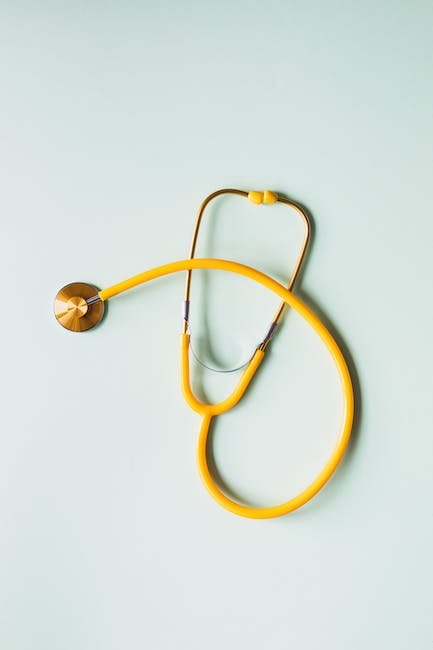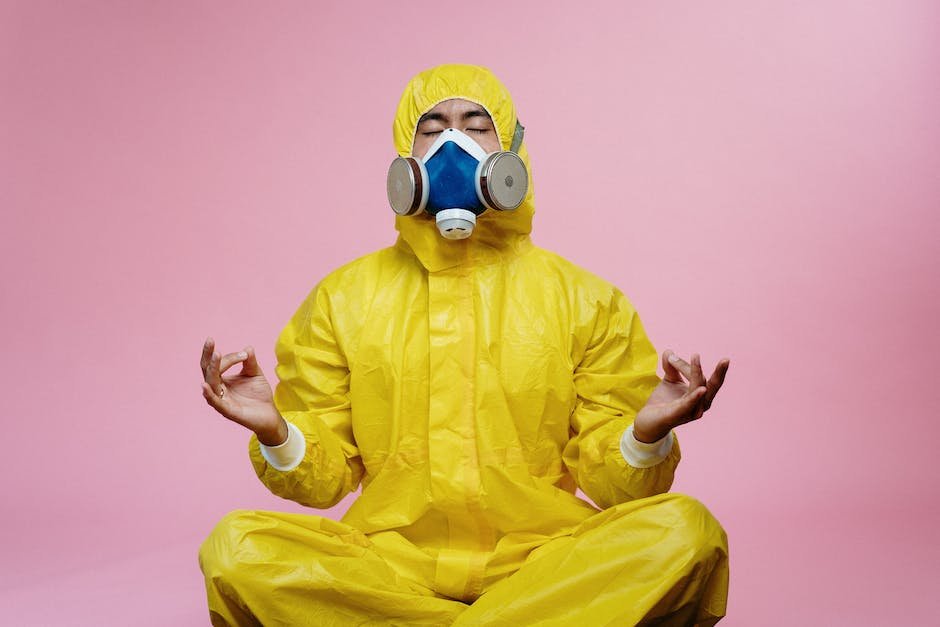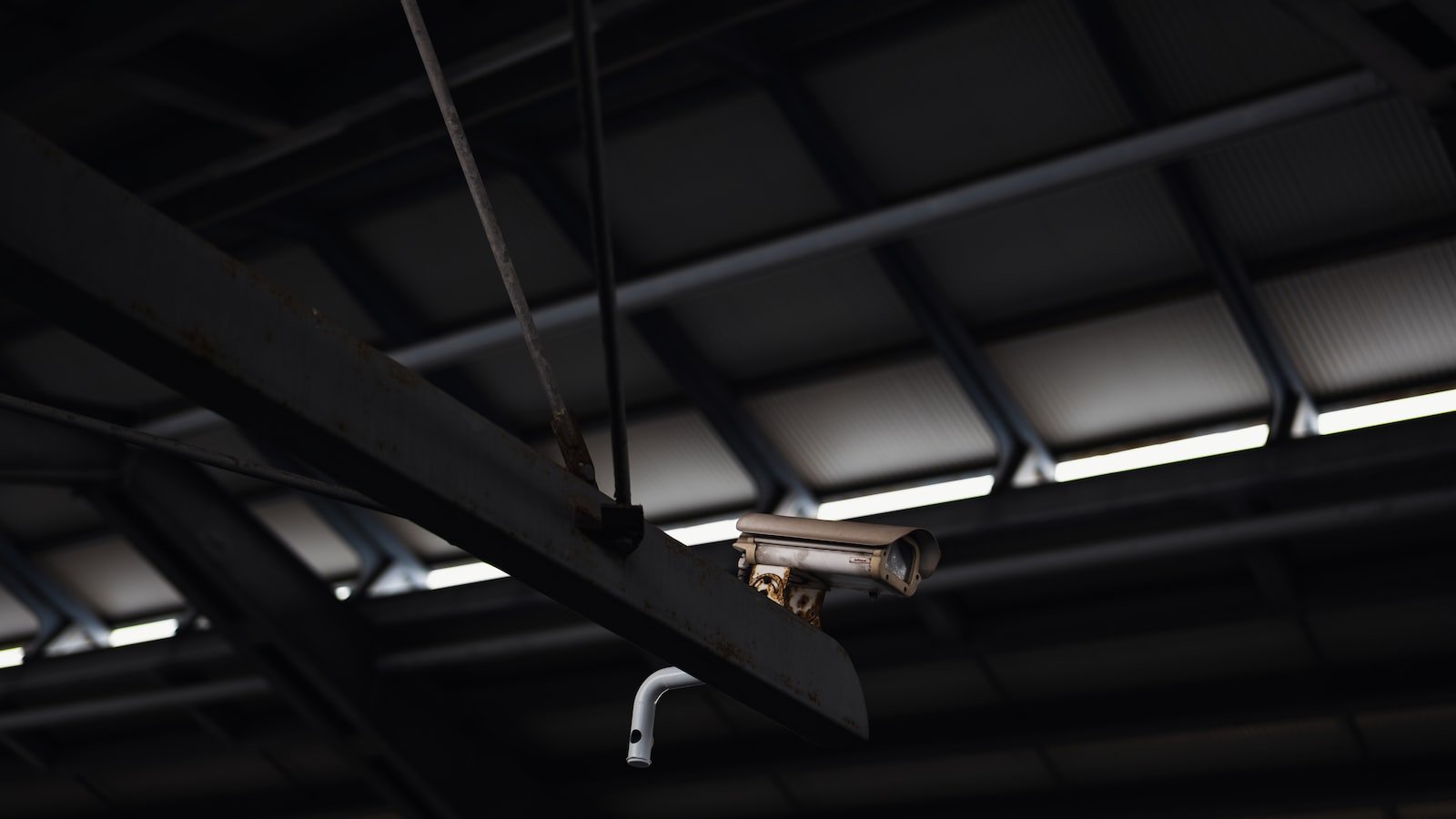Picture this: a vibrant field, bathed in the warm glow of the setting sun, as farmers in their trusty overalls move gracefully among rows of crops, their hands skillfully plucking the ripe fruits of their labor. It’s a picturesque scene, one that embodies the essence of a bountiful harvest. But behind this idyllic imagery lies a crucial aspect that often goes unnoticed – safety. Yes, before you embark on the exhilarating journey of harvesting, it is imperative to ensure your harvesting area is prepared with utmost care and attention to safety. So, whether you’re a seasoned farmer or just starting out on your agrarian adventure, join us as we delve into the indispensable art of creating a secure environment where your harvests can flourish. Safety first, at every step of the way.
Table of Contents
- Preventing Accidents: Essential Safety Measures for Your Harvesting Area
- Creating a Safe Work Environment: Assessing and Eliminating Hazards
- Protective Equipment: Ensuring Personal Safety During Harvesting
- Establishing Safety Protocols: Effective Communication and Emergency Preparedness
- Illuminating the Area: Adequate Lighting to Reduce Hazards
- Q&A
- In Conclusion

Preventing Accidents: Essential Safety Measures for Your Harvesting Area
When it comes to ensuring the safety of your harvesting area, implementing essential safety measures is crucial. By adhering to these precautions, you can significantly reduce the risk of accidents and injuries, providing a secure environment for everyone involved.
1. Regular equipment maintenance: Regularly inspecting and maintaining your harvesting equipment is vital. Ensure that all machinery is in good working condition, with safety features such as guards and shields properly installed. This will minimize the likelihood of mechanical failures or malfunctions that could potentially cause harm.
2. Proper training and supervision: It is imperative to provide thorough training to all workers involved in the harvesting process. This includes education on the safe operation of equipment, proper handling of tools, and awareness of potential hazards. Additionally, supervising workers to ensure they adhere to safety protocols can further enhance accident prevention.
3. Clear signage and designated pathways: Creating a well-organized and clearly marked harvesting area is essential in preventing accidents. Make sure to place highly visible signage indicating potential hazards, restricted areas, and emergency exits. Establishing designated pathways for workers and vehicles will also help minimize the risk of collisions and falls.
4. Regular safety inspections: Conducting routine safety inspections is crucial in identifying and addressing potential hazards. Regularly check for any damaged or worn-out equipment, loose flooring, unstable structures, or any other safety concerns. Promptly repair or replace any faulty or hazardous components to maintain a safe harvesting area.
5. Personal protective equipment (PPE): Emphasize the use of appropriate personal protective equipment for all workers. This can include items such as hard hats, safety goggles, gloves, and high-visibility clothing. Providing and enforcing the use of PPE can significantly reduce the likelihood of injuries caused by falling objects, flying debris, or contact with dangerous substances.
By implementing these essential safety measures, you are taking proactive steps to prevent accidents and protect the well-being of everyone within your harvesting area. Remember, safety should always be a top priority in any agricultural operation.

Creating a Safe Work Environment: Assessing and Eliminating Hazards
Assessing and Eliminating Hazards:
At the core of creating a safe work environment lies the crucial task of assessing and eliminating hazards. Identifying potential risks and proactively taking measures to minimize them is not only essential for the well-being of employees but also for ensuring the smooth functioning of any organization. Here are some steps that can be taken to effectively assess and eliminate hazards:
- Conduct a comprehensive hazard assessment: Start by examining the workplace thoroughly to identify any potential hazards. This can include inspecting machinery, analyzing work processes, and evaluating employee behaviors. Document all the hazards found during the assessment and prioritize them based on severity and the likelihood of occurrence.
- Implement preventive measures: Once the hazards have been identified, it is vital to implement measures that aim to prevent potential accidents or injuries. This can involve installing safety barriers, providing protective equipment, or implementing new procedures to minimize exposure to hazards.
- Train and educate employees: Ensuring that every employee is well-informed and trained in recognizing and avoiding hazards is paramount. Conduct regular safety training programs, seminars, or workshops to enhance the knowledge of employees and create a safety-conscious work culture.
- Monitor and review: Hazards can evolve over time, making regular monitoring and review essential. Establish a feedback loop to encourage employees to report any potential hazards they encounter or suggestions to improve safety measures. Regularly assess the effectiveness of implemented preventive measures and make necessary adjustments.
By methodically assessing and eliminating hazards, organizations show their commitment to safeguarding their workforce’s well-being, fostering a culture of safety and productivity.

Protective Equipment: Ensuring Personal Safety During Harvesting
When it comes to harvesting, safety should always be a top priority. Engaging in agricultural activities exposes individuals to various hazards that can pose risks to their well-being. To prevent accidents and injuries, it is essential to use proper protective equipment. Here are some key items to consider when ensuring personal safety during the harvesting season:
- Head Protection: Wearing a sturdy helmet or hard hat will safeguard your head from falling objects or accidental contact with machinery.
- Eye and Face Protection: Shielding your eyes and face from debris, dust, and harmful chemicals can be accomplished by using safety glasses or goggles, face shields, or visors.
- Respiratory Protection: When working in dusty or fumigated environments, using respiratory masks or respirators will help prevent inhalation of harmful substances and maintain healthy breathing.
- Hand and Arm Protection: Gloves are a crucial part of personal safety as they provide protection against cuts, punctures, and skin irritation. Additionally, arm guards are recommended to shield against scratches or abrasions.
- Foot Protection: Proper footwear, such as steel-toed boots or sturdy shoes, are necessary to protect your feet from potential injuries caused by heavy objects, slipping, or stepping on sharp objects.
Remember, personal safety should never be compromised during the harvest. Equipping yourself with the appropriate protective gear not only protects you physically but also ensures a confident and secure work environment for everyone involved.

Establishing Safety Protocols: Effective Communication and Emergency Preparedness
In today’s fast-paced world, it is essential for organizations to prioritize the safety and well-being of their employees and stakeholders. Establishing safety protocols that include effective communication and emergency preparedness is vital to ensure a secure and protected environment. By proactively addressing potential threats and crises, organizations can minimize the impact of emergencies and promote a culture of safety.
Effective communication serves as the backbone of any safety protocol. Providing clear instructions, updates, and guidelines ensures that everyone in the organization is well-informed of potential dangers and the appropriate actions to take in emergency situations. This can be achieved through various means, such as regular training sessions, safety bulletins, and emergency drills.
Emergency preparedness goes beyond theoretical plans; it requires proactive measures to mitigate risks. Establishing an Emergency Response Team (ERT) equipped with the knowledge and tools to respond swiftly and effectively is crucial. This team should be trained to handle various scenarios, maintain communication channels, and coordinate with external support, such as emergency services if necessary.
By integrating these practices into their safety protocols, organizations can foster a culture of preparedness, ensuring that both employees and stakeholders feel secure in their working environment. Additionally, regular assessments and revisions to these protocols will help identify areas of improvement and adapt to changing circumstances. Investing time and resources in establishing effective communication and emergency preparedness strategies can ultimately save lives and safeguard the well-being of those within the organization.
Illuminating the Area: Adequate Lighting to Reduce Hazards
Lighting plays a crucial role in enhancing safety and reducing hazards in any environment. Adequate and well-placed lighting not only enables us to see our surroundings clearly but also helps to prevent accidents and promote a sense of security. Here are some key points to consider when it comes to illuminating the area:
- Utilize different types of lighting: To effectively illuminate an area, a combination of general, task, and accent lighting can be used. General lighting provides overall illumination, whereas task lighting focuses on specific areas where detailed work is performed. Accent lighting, on the other hand, adds aesthetic value and highlights certain features. By using a combination of these lighting types, you can ensure optimal visibility and minimize risks.
- Consider lighting intensity: The intensity of lighting is measured in lumens and can greatly impact the safety of a space. High-intensity lighting is crucial in areas where precision and attention to detail are necessary, such as workshops or operating rooms. Conversely, areas that require a more relaxed atmosphere, like restaurants or lounges, can benefit from softer and dimmer lighting options.
- Eliminate dark shadows: Shadows can obscure objects and create visual obstacles, leading to accidents. It is essential to strategically position lights to eliminate dark areas and ensure consistent lighting throughout the space. By reducing the presence of shadows, potential hazards can be clearly seen and avoided.
- Maintain and replace lighting fixtures: Regular maintenance and timely replacement of lighting fixtures are crucial to ensure optimal performance and prevent hazards. Burnt-out bulbs or flickering lights can diminish visibility and pose risks. By promptly addressing any lighting issues, you can maintain a safe and well-lit environment.
By recognizing the importance of adequate lighting and implementing the right strategies, you can effectively reduce hazards and create a safer environment for everyone. Remember, the right amount of illumination not only enhances visibility but also plays a vital role in preventing accidents and promoting well-being.
Q&A
Q: How can I ensure the safety of my harvesting area?
A: Prioritize safety by removing any potential hazards such as loose branches or debris. It is also crucial to wear proper protective gear such as gloves, goggles, and sturdy footwear.
Q: What should I consider when choosing the location for my harvesting area?
A: Look for a spot that provides ample natural light, suitable soil conditions, and is easily accessible. Also, ensure it is away from high traffic areas to minimize the risk of accidents.
Q: Are there any precautions I should take before harvesting?
A: Ensure you have a clear plan of action, including considering the weight and reach of the tools you will use. Take regular breaks to avoid fatigue, and if working with others, always communicate and coordinate your movements.
Q: How do I handle potentially dangerous tools and equipment?
A: Keep all sharp tools securely stored when not in use, ensuring they are properly cleaned and maintained. When operating machinery or power tools, closely follow the manufacturer’s instructions, and never attempt to repair them yourself.
Q: How can I protect myself from insect bites while harvesting?
A: Apply insect repellent to exposed areas of skin before heading to the harvesting area. Wearing appropriate clothing, such as long sleeves and pants, and regularly checking yourself for any bites or stings also helps prevent discomfort.
Q: What should I do in case of an emergency or accident?
A: Familiarize yourself with basic first aid techniques and keep a fully stocked first aid kit nearby. In case of an accident, assess the situation, provide immediate aid if possible, and promptly seek professional medical help if necessary.
In Conclusion
As we conclude this insightful journey into the realm of preparation and safety, remember that a fruitful harvest comes to those who sow caution and cultivate a secure environment. By implementing the necessary safety measures, you’re not only shielding yourself from potential harm but also nurturing a sanctuary of productivity and peace.
With your newfound knowledge, you can approach your harvesting area with renewed confidence, taking that first step towards a bountiful and secure future. So, whether you’re tending to a lush garden or a rustic farm, never forget that safety is the ultimate companion on your journey to reaping the rewards of your hard work.
Let the echoes of caution resonate through your grounds, as you embrace the art of preparation with open arms. As you don your protective gear and inspect your tools, know that you’re not merely checking off boxes on a safety checklist but laying the foundation for a prosperous yield.
In the symphony of blossoming fields and flourishing orchards, may you remain ever vigilant, ever mindful of the potential hazards that lie beneath the surface. Let every precautionary step you take serve as a testament to your dedication towards preserving your well-being and cherishing the land that nurtures you.
As you venture forth, let safety be your guiding light and shield. Your harvesting area, once a mere backdrop to nature’s beauty, shall now become an oasis of secure abundance. It is with this newfound wisdom that you will forge ahead, ready to manifest an enchanting symphony of sun-kissed crops and vibrant blossoms with unbridled enthusiasm.
Remember, safety is not an afterthought but an integral part of your harvesting journey. Inculcate prevention as second nature and celebrate the tender triumphs and abundance that follow. So go forth, armed with knowledge and fortified with caution, as you prepare your harvesting area with safety at the forefront.
Let the seeds of diligence and mindfulness you’ve sown take root, transforming your haven of harvest into a fortress of prosperity. And as you revel in the fruits of your labor, rejoice in knowing that your triumph over risk and uncertainty has allowed you to embrace the beauty of the harvest with open arms.
As we bid adieu, may your crops thrive, your land flourish, and safety remain forever intertwined with the rhythm of your harvest. Good luck, dear cultivators, and may your journeys be eternally adorned with the tapestry of well-being and joy.
As an affiliate, my content may feature links to products I personally use and recommend. By taking action, like subscribing or making a purchase, you’ll be supporting my work and fueling my taco cravings at the same time. Win-win, right?
Want to read more? Check out our Affiliate Disclosure page.